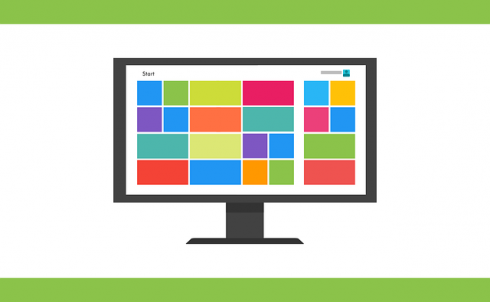
It’s funny to think that Microsoft was once just known for its personal computer operating system Windows and its office suite Microsoft Office. Since 1975 when it was first founded, the company has expanded to gaming, the cloud, virtual reality, mobile devices, artificial intelligence holograms and more. 2017 was another year of advancements and innovation as the company aimed to touch every surface of software development.
Visual Studio 2017 was officially released in March with four core pillars: fundamentals, cloud, mobile and DevOps. Microsoft has “expanded beyond the IDE into a family of tools that are now designed for a mobile-first, cloud-first world,” stated Julia Liuson, corporate vice president for Visual Studio. The release included new refactoring, search and navigation, code generation, analysis, IDE improvements, code editing, debugging and live uniting testing capabilities.
In May, the company outlined its vision for the future of computing at Microsoft Build. According to Microsoft SEO Satya Nadella, the future of computing “comes down to the design principles and choices we make. I believe we can make practical design choices that help enshrine our timeless values. The first one is that we empower people with technology. Let’s amplify their ingenuity. Let’s use technology to bring more empowerment to more people.” To do so, the company announced plans to leverage machine learning and artificial intelligence in its applications and devices such as the Cortana Skills Kit, and new cognitive services for vision, speech, language and search capabilities. “Moving from a mobile-first, cloud-first world to a new world that is going to be made up of an intelligent cloud and an intelligent edge,” he said.
Other announcements at the Build conference included new additions to the Xamarin cross-platform development tools such as the Xamarin Live Player coding environment and the Visual Studio Mobile Center.
Microsoft built on its vision for the future of computing at the end of the year at Microsoft Connect. There, the company announced Visual Studio App Center, Visual Studio Live Share, a preview of Azure DevOps projects, Azure Databricks, Visual Studio Connected Environment for Azure Container Service, Visual Studio Tools for AI and Azure IoT Edge. “It’s never been a better time to be a developer, as developers are at the forefront of building the apps driving monumental change across organizations and entire industries, Scott Guthrie, executive vice president of Microsoft’s cloud and enterprise group, wrote in a blog post.
The Microsoft Windows 10 Fall Creators Update SDK was released in October with new tools for building mixed reality experiences, modernizing applications for the workplace, and building and monetizing games and apps.
For the cloud, Microsoft announced Azure Cosmos DB, Cloud Migration Assessment, Azure Hybrid Use Benefit, Azure Site Recovery solutions, and joined the Cloud Foundry Foundation. In addition, Microsoft tackled containers, security, data business intelligence and blockchain in 2017 with the release of Azure Container Instances, Azure Container Service, a collaboration with Red Hat, the Microsoft Security Risk Detection tool, advances to SQL Server 2017, SQL Operations Studio, Power BI Premium, and becoming a part of the Enterprise Ethereum Alliance.
As for the Windows Phone, Microsoft decided to scale back with the announcement that it would no longer be adding any new features to the phone, but it would continue to support the platform with bug fixes and security updates.
Other big announcements for the year included Microsoft .NET Core 2.0 with improved performance, debugging and live unit testing; C# 7.0; and the Git Virtual File System.






